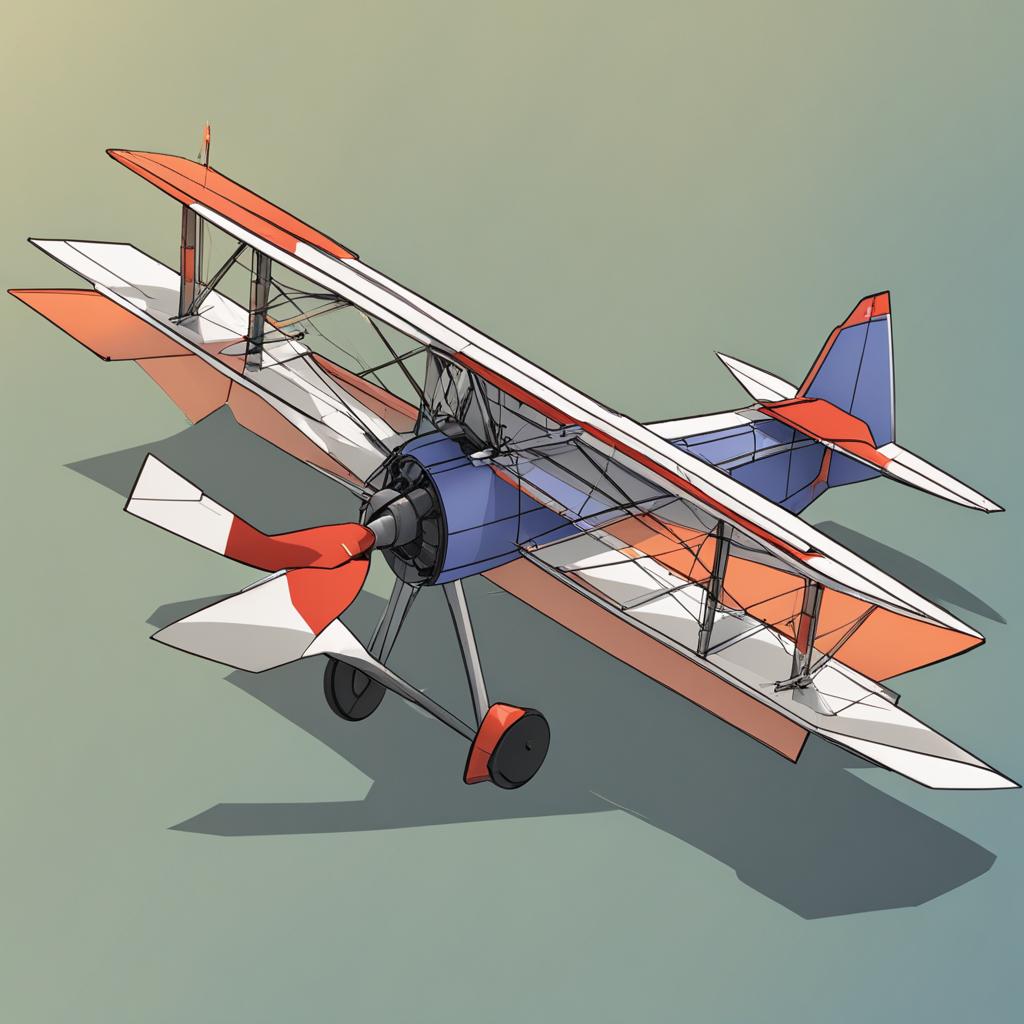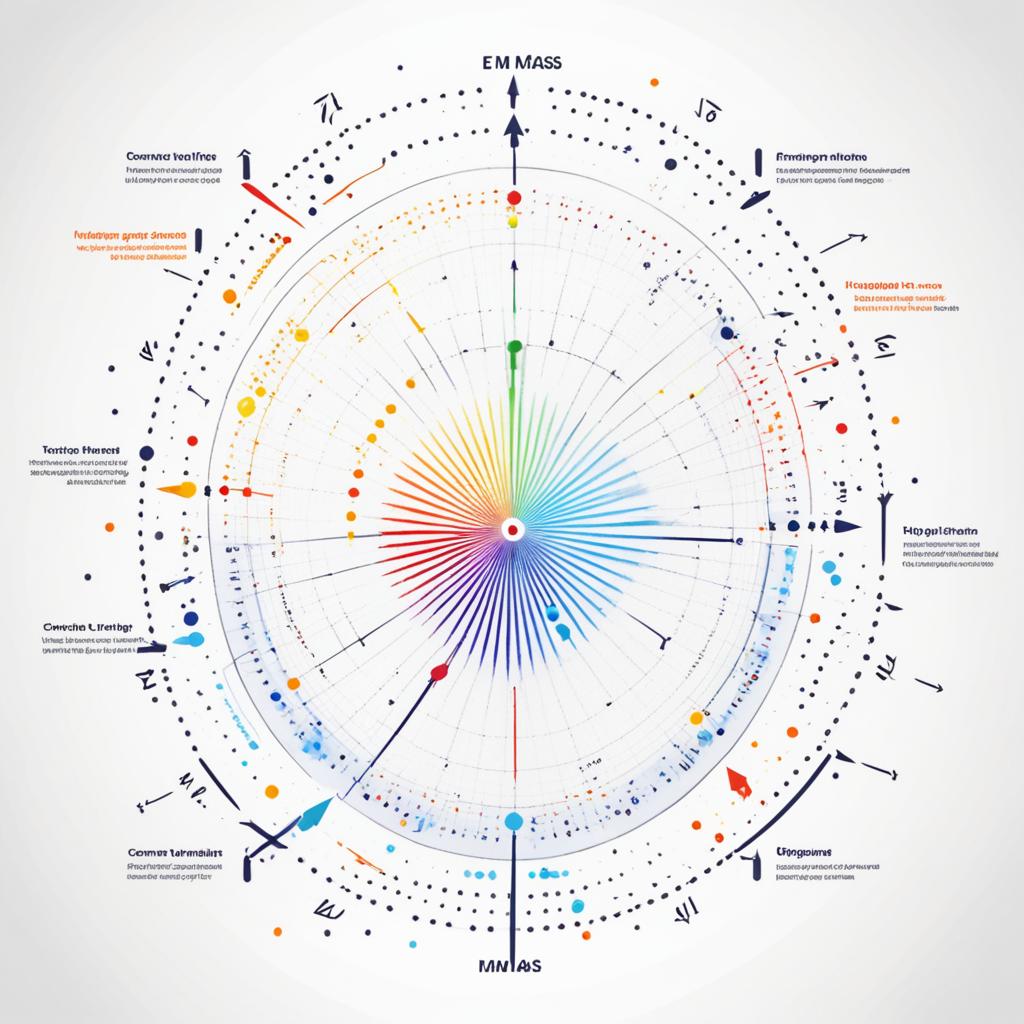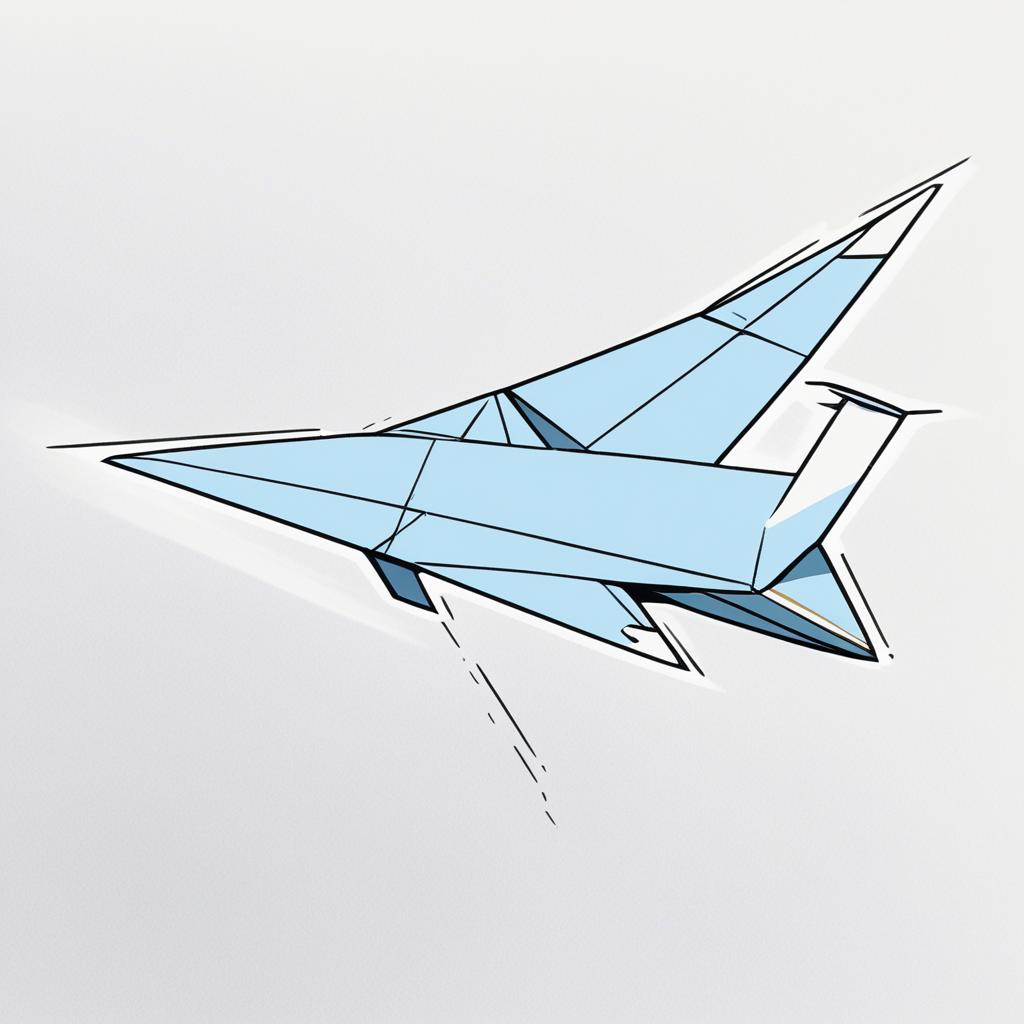Have you ever wondered how to make a paper plane that can gracefully navigate through the air, smoothly turning left and right? It seems like a magical feat, defying the laws of physics. But what if I told you that there is a way to achieve this seemingly impossible task?
Creating a paper plane that turns left and right requires more than just folding skills. It involves understanding the principles of aerodynamics, adjusting control surfaces, and experimenting with different techniques. Are you ready to dive into the secrets of making a paper plane dance through the sky with precision?
In this article, we will guide you step by step on how to make a paper plane that defies expectations. Discover the art of adjusting the rudder, ailerons, and elevators to control its flight path. Understand the key aerodynamic terms that play a role in achieving those mesmerizing turns. Learn how to make adjustments to the center of mass to ensure stability and smooth maneuvering.
But that’s not all! We’ll also share helpful tips for folding and designing your paper plane to optimize its turning capabilities. Plus, we’ll reveal launching techniques that will take your paper plane to new heights.
So get ready to unleash your creativity and embark on an exciting journey of experimentation and practice. Are you ready to make a paper plane that turns left and right like never before? Let’s dive in and uncover the secrets of flight!
Understanding Aerodynamic Terms
Before we delve into the techniques for making a paper plane that turns left and right, it is important to understand some aerodynamic terms. Here, we will explain the key terms that will help you better comprehend and control the flight of your paper plane.
- Roll: Roll refers to the rotational movement of an airplane around its longitudinal axis. Imagine a roll as a sideways tilt of the aircraft, with one wing rising while the other wing lowers. This movement is controlled by the ailerons, which are the control surfaces located on the trailing edges of the wings.
- Yaw: Yaw is the term used to describe the rotational movement of an airplane around its vertical axis. A yawing movement results in the nose of the aircraft turning left or right. The rudder, located on the vertical stabilizer (tail fin), is responsible for controlling yaw.
- Pitch: Pitch refers to the up or down movement of an airplane around its lateral axis. When an aircraft pitches, the nose either points upward or downward. The elevators, located on the horizontal stabilizer (tailplane), control this movement.
Now that you understand the aerodynamic terms related to rotations, let’s discuss the forces that act on an airplane during flight:
- Thrust: Thrust is the force that propels the airplane forward. It is generated by the engines.
- Drag: Drag acts in the opposite direction of the plane’s motion, slowing it down. It is caused by air resistance.
- Weight: Weight is the force exerted by gravity on the airplane. It acts toward the center of the earth.
- Lift: Lift is the upward force that counters the weight of the airplane, allowing it to stay aloft. It is produced by the interaction of the wings and the airflow passing over them.
Having a good understanding of these aerodynamic terms and forces will provide you with the knowledge needed to control the flight of your paper plane effectively.
Adjusting the Rudder, Ailerons, and Elevators

Most commercial airplanes have control surfaces that are used to steer the aircraft. These control surfaces include the rudder, ailerons, and elevators. Just like in a real airplane, you can adjust these control surfaces on your paper plane to make it turn left and right.
To create a rudder effect on your paper plane, you can make a small flap or bend at the back of the plane. This rudder will affect the yaw or rotation of the plane, allowing you to control its direction. Experiment with the size and angle of the rudder to find the right balance for smooth turns.
Another way to control the movement of your paper plane is by creating ailerons on the wings. Ailerons are small hinged surfaces that can be raised or lowered to control the roll of the plane. By adjusting the position of the ailerons, you can make your paper plane bank or tilt to the left or right, enabling it to turn.
The elevators on the tail of the plane can be used to control the pitch. By adjusting the elevators, you can make your paper plane climb or descend. This can be especially useful when you want to make sharp turns or execute maneuvers.
Remember to experiment and make small adjustments to the rudder, ailerons, and elevators to find the perfect balance for your paper plane. By mastering the control surfaces, you’ll be able to achieve precise and controlled turns that will impress anyone who sees your paper plane in action.
Control Surfaces and Their Effects
| Control Surface | Effect |
|---|---|
| Rudder | Affects the yaw or rotation of the plane |
| Ailerons | Controls the roll or banking of the plane |
| Elevators | Controls the pitch or climbing and descending of the plane |
Making Adjustments to Center of Mass

The center of mass of a paper plane is a critical factor in determining its flight stability. When the center of mass is located too far forward or backward, it can lead to issues such as the plane diving or rising rapidly. To ensure a smooth and controlled flight path that enables your paper plane to turn left and right effectively, it is essential to make adjustments to the center of mass.
By making slight modifications to the folding and weight distribution of your paper plane, you can adjust its center of mass. This can be achieved by shifting the position of the folds or redistributing the weight along the plane. Experimenting with different folding techniques and placing weights strategically can help you find the optimal center of mass for your paper plane.
When adjusting the center of mass, it’s important to strike a balance. If the center of mass is too far forward, the plane may be prone to nosediving. Conversely, if it’s too far backward, the plane may have a tendency to rise excessively. Finding the right balance will enhance the flight stability of your paper plane and enable smooth turns left and right.
Remember that making adjustments to the center of mass requires trial and error. Be patient and persistent in your experimentation to find the ideal balance for your paper plane’s flight stability.
Experimentation with the center of mass is an important aspect of engineering a paper plane that turns left and right with precision. By understanding the significance of the center of mass and implementing adjustments through folding techniques and weight distribution, you can enhance the flight stability and maneuverability of your paper plane.
Tips for Folding and Designing the Paper Plane

The way you fold and design your paper plane can significantly impact its ability to turn left and right. By implementing specific techniques and modifications during the folding process, you can optimize your paper plane’s turning capabilities. Here are some tips to help you enhance the folding and design of your paper plane:
- Shorten the Wings: Making the wings shorter can alter the flight characteristics of your paper plane. Experiment with folding techniques that reduce the wing span, allowing for more controlled turns.
- Add Fins: Incorporating fins into your paper plane design can enhance its stability during turns. Fins help counterbalance the forces acting on the plane and provide better control over its flight path.
- Angle the Wings: Angling the wings slightly upwards or downwards can influence how your paper plane turns. Experiment with different wing angles to achieve the desired turning radius and stability.
- Balance with Weight: Adding weight to specific areas of your paper plane, such as the nose or tail, can improve its balance and control during turns. Test different weight distributions to find the optimal balance point.
By implementing these tips, you can optimize the folding and design of your paper plane, resulting in a model that turns left and right with precision and style.
| Folding and Design Tips | Description |
|---|---|
| Shorten the Wings | Reduce the wing span to enhance control during turns. |
| Add Fins | Incorporate fins to improve stability and control during flight. |
| Angle the Wings | Experiment with wing angles to achieve the desired turning radius. |
| Balance with Weight | Adjust weight distribution to optimize balance and control. |
Launching Techniques for Turning
How you launch your paper plane can greatly affect its turning ability. Different planes require specific techniques to achieve optimal turning performance. Let’s explore the launching techniques for turning your paper plane:
-
Gentle Launch: For planes with long wings, a gentle launch is recommended. Hold your paper plane at the nose with a light grip and release it smoothly. This allows the plane to glide through the air, maintaining stability for controlled turning.
-
Hard Launch: Planes with short, stubby wings benefit from a harder launch. Hold the plane firmly and give it a quick, powerful throw. This generates more lift and upward angle, enabling sharper turns.
Experiment with these launching techniques to determine the best approach for your paper plane. Remember to adjust other factors like control surfaces, weight distribution, and design to enhance the turning capabilities of your plane. Now let’s take a look at an illustration of the launching techniques:
| Gentle Launch | Hard Launch |
|---|---|
Experimentation and Practice
Making a paper plane that turns left and right is a skill that requires a combination of experimentation and practice. Each plane you create may require fine-tuning and modifications to achieve the desired flight path. By engaging in experimentation and trying out different fold variations, adjusting control surfaces, and testing various launching techniques, you can enhance your paper plane’s turning capabilities.
Experimentation is key to understanding how small adjustments can impact the flight of your paper plane. Try bending the rudder at different angles to observe how it affects the yaw of the plane. Explore different wing designs and control surface adjustments to influence the roll and pitch. Through trial and error, you will gain insights into the intricate dynamics of your paper plane and discover the optimal configurations for achieving smooth and precise turns.
Practice is equally important in honing your skills. The more you practice launching and handling your paper plane, the better you become at controlling its flight path. Take note of the nuances in your planes’ performances and make necessary adjustments to improve their turning abilities. With consistent practice, you’ll develop a deeper understanding of how to manipulate the variables at play and improve your techniques for achieving the perfect turning paper plane.


